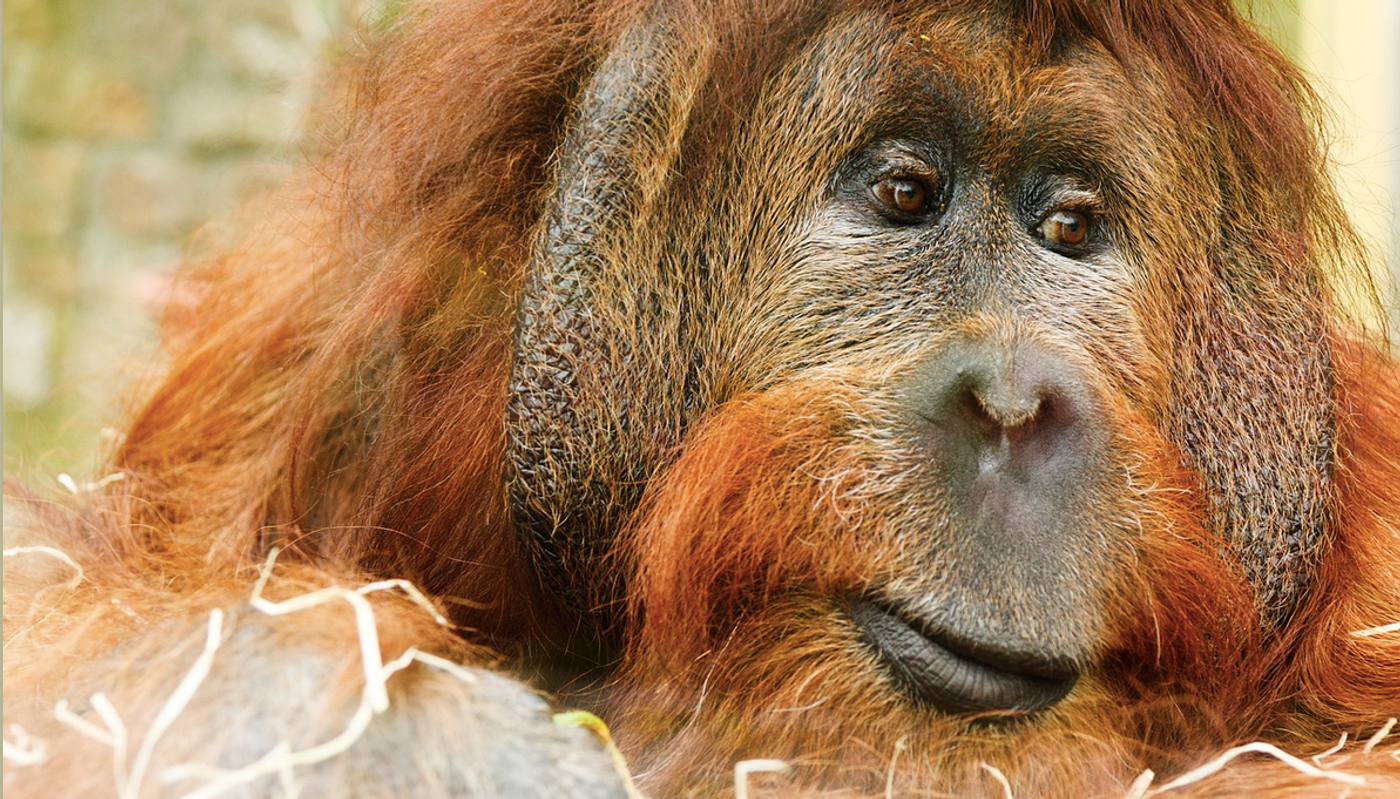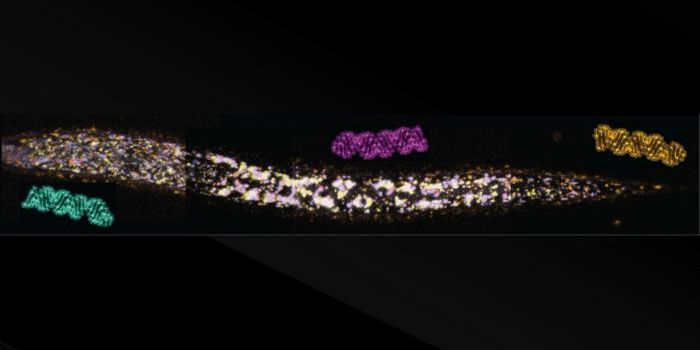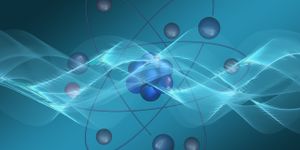Detangling the Mystery of Hair Loss in Animals
Most animals are covered in hair, so why do some, like humans, have so much less than all the rest even though we still carry body hair genes? Scientists have now compared the genomes of 62 animals to reveal more about how people and other mammals stopped growing body hair. The answer seems to be related to genes, and how they are regulated. The findings have been reported in eLife.
Hair is not the same on different animals; some have soft, silky fur while others have spiky, coarse hair. Hairlessness is also not the same. Humans, for example, tend to have a lot of hair on our heads, but because there isn't much hair anywhere else, we're considered hairless. Other so-called hairless mammals who have little tufts of hair include elephants, pigs, and walruses.
A lack of hair can provide physiological benefits. Animals can stay cooler in hot climates, or move more easily through water when they have no hair.
In this study, the researchers looked for genes that were evolving faster in hairless animals compared to hairy animals, to identify those that might be under evolutionary pressure. With computational tools, they assessed 19,149 genes and 343,598 regulatory regions in dozens of animals, and eliminated genes that would only be important to certain species, such as adapting to life in the water.
The same strategy to stop growing hair seems to have naturally arisen at least nine times in different mammals that occupy different branches of the tree of life. Ancestors of dolphins, rhinos, naked mole rats, and other hairless animals ended up deactivating the same set of genes on their own to jettison hair. In hairless mammals, mutations appear in genes that code for hair growth or structural components of hair, like keratin. Other areas that regulate the expression of those genes are also involved.
The research also revealed a few genes that may play a role in hair growth that have not been identified before. "There are a good number of genes where we don't know much about them. We think they could have roles in hair growth and maintenance," said study co-author Amanda Kowalczyk, Ph.D. of the University of Pittsburgh.
Now the researchers are using the same analytical method to look for regions of the genome that could be related to lifespan, health, and disease.
"This is a way to determine global genetic mechanisms underlying different characteristics," said study co-author Nathan Clark, Ph.D., a human geneticist at U of U Health.
Sources: University of Utah Life Sciences, eLife









